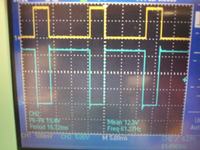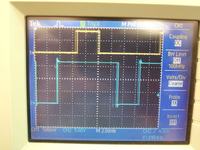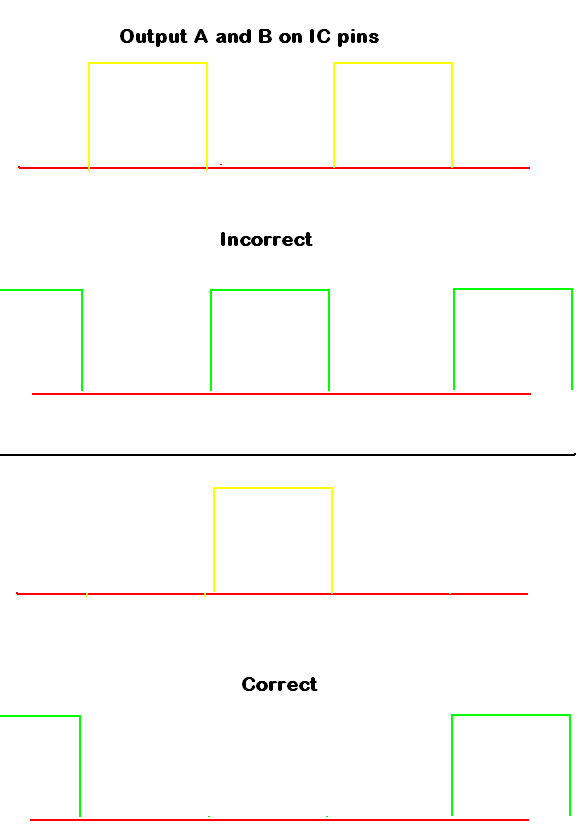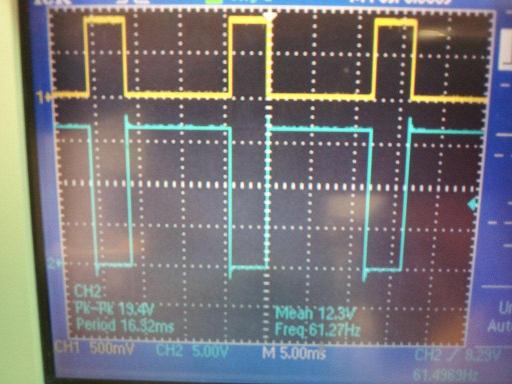binaryninja
Member level 3
Howdy, I am trying to use a TI UCC28089 PWM controller, that has a modified square wave H-bridge inverter schematic on page 11. I have built and tested the circuit, driving it with 155V. The circuit works just fine without a load. With just a 7.5W bulb as the load the circuit starts whining a little then eventually fails. The high side transistor on the left side keeps burning up. I needed this exact spec (110VAC/60Hz, modified square wave) so I thought why not give it a go. My overall power goal is 200W.
This is my first H-bridge (inverter) and I have tried a few things but I'm not sure what needs to be done. I need a H-bridge inverter that works well at high voltage/current. Can you suggest any modifications and/or alternative circuits that will do the job? Thanks!
I know there are several posts on H-bridges, I have been looking through them. I would like to continue with the UCC28089, I don't think the controller is the problem but it could be.
This is my first H-bridge (inverter) and I have tried a few things but I'm not sure what needs to be done. I need a H-bridge inverter that works well at high voltage/current. Can you suggest any modifications and/or alternative circuits that will do the job? Thanks!
I know there are several posts on H-bridges, I have been looking through them. I would like to continue with the UCC28089, I don't think the controller is the problem but it could be.
Attachments
Last edited:



